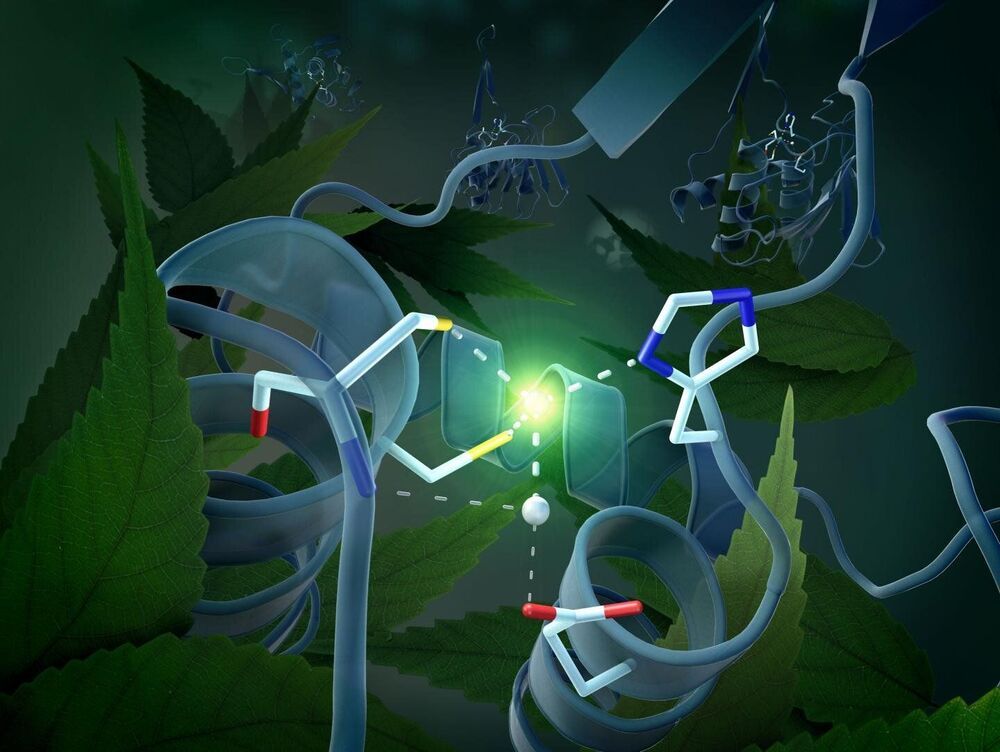All plant cells obtain their energy mainly from two organelles they contain—chloroplasts (responsible for photosynthesis) and mitochondria (responsible for the biochemical cycle of respiration that converts sugars into energy). However, a large number of a plant cell’s genes in its mitochondria and chloroplasts can develop defects, jeopardizing their function. Nevertheless, plant cells evolved an amazing tool called the RNA editosome (a large protein complex) to repair these kinds of errors. It can modify defective messenger RNA that result from defective DNA by transforming (deamination) of certain mRNA nucleotides.
Automatic error correction in plant cells
Automatic error correction in plants was discovered about 30 years ago by a team headed by plant physiologist Axel Brennicke and two other groups simultaneously. This mechanism converts certain cytidine nucleotides in the messenger RNA into uridine in order to correct errors in the chloroplast DNA or mitochondrial DNA. RNA editing is therefore essential to processes such as photosynthesis and cellular respiration in plants. Years later, further studies showed that a group of proteins referred to as PPR proteins with DYW domains play a central role in plant RNA editing. These PPR proteins with DYW domains are transcribed in the cell nucleus and migrate through the cells to chloroplasts and mitochondria. However, they are inactive on their way to these organelles. Only once they are within the organelles do they become active and execute their function at a specific mRNA site. How this activation works, however, has been a mystery until now.









Comments are closed.